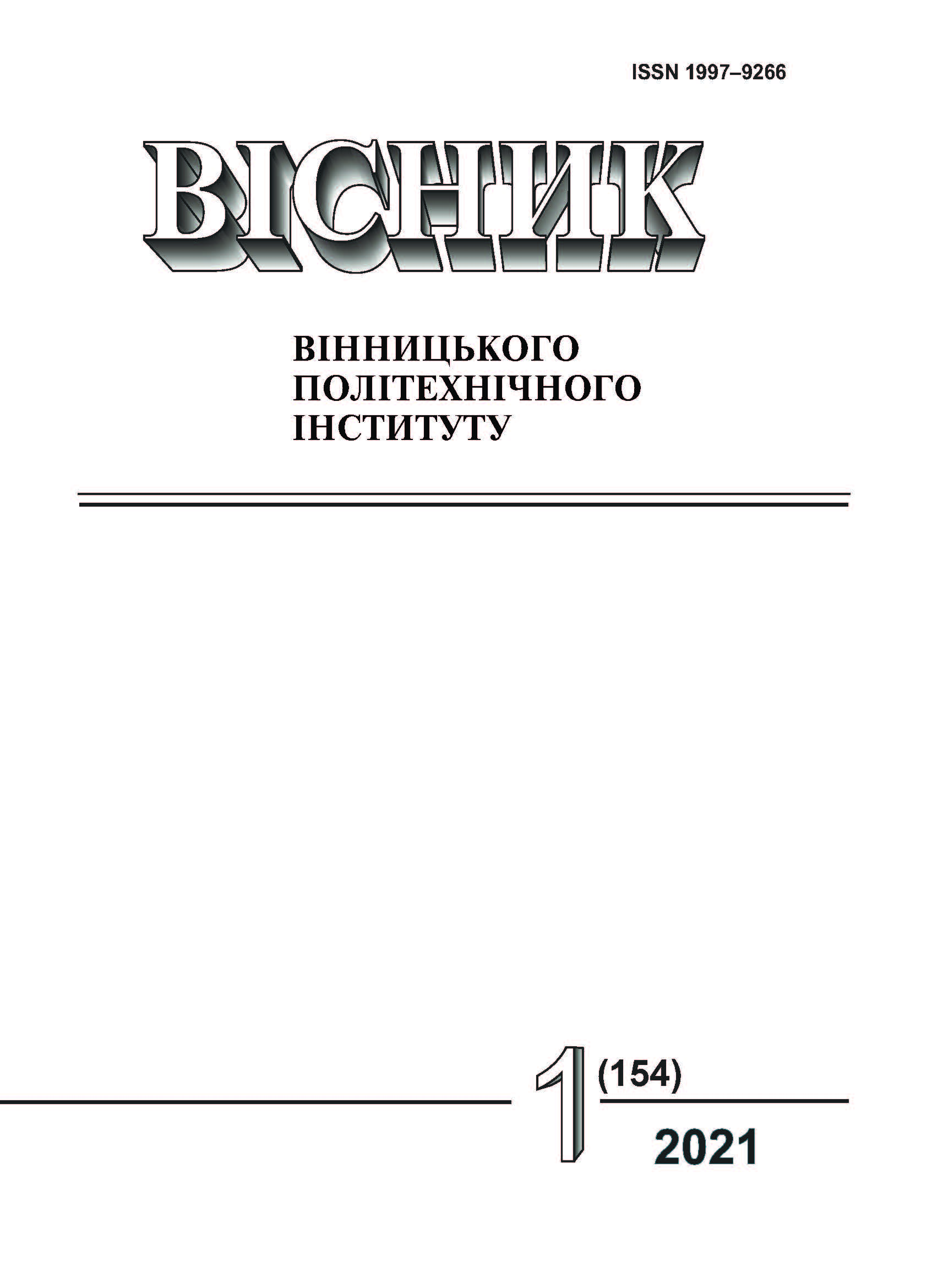Development of the Structure of Information Technology of the Organization of Personal Time Management
DOI:
https://doi.org/10.31649/1997-9266-2021-154-1-70-76Keywords:
personal time management, startup, social survey, structure, topologyAbstract
The articles propose the structure of information technology of the organization of the secret management personality on the basis of sociological descriptions. The work is seen as a startup idea. Four stages are demonstrated by means of which the startup from idea turns into the stable company: "Identification of consumers", "Verification of consumers", "Attraction of consumers", "Creation of the company". To achieve the success of the project, an analysis of the market and possible risks was conducted. The main focus is on description as one of the most accurate methods of operational market analysis. A review of 2 main relevant descriptions for time management: "How we organize our working day and week" and "Time management in the organization of educational activities of students of higher education". The results of researches when the best productivity of introduction of days is shown are shown; as well as on which days of the week the best responsible work is planned. Based on the description, the problematic aspects of the topic were identified: orderliness, purposefulness, persistence, fixation on goals, self-organization, focus on the present. Based on the selected problem aspects and new ideas, the actual description is carried out, which confirms the hypotheses created before the description, emphasizes the ideas and further allows to highlight new knowledge, which is included in the basis of functional parts of the service - modules. There has been conducted a study of the target audience of the development system. A stylistic description of each component is given and the relationship between them is shown. The main blocks are the following: authorization, menu, event planning, focus, forecasting, psychology, motivation, integration, communication, free platform. It is demonstrated that the connecting component is the "Menu" block. The module is integrated into the general structure of information technology of personal time management based on the star topology.
References
Kevin Sun, In and Around Language: “What’s Up with "Startup"? The Harvard Crimson, 2011. [Electronic resource]. Available: https://www.thecrimson.com/article/2011/11/17/startup-language-idea/ .
Т. М. Закусило, і А. А. Яровий, Реалізація інтелектуальної системи тайм-менеджменту як start-up. Вінниця, Україна: ВНТУ, 2017.
Б. Нановський, Б. Паламарчук, і І. Пеєр, Стартап — це процес, який ідею перетворює на успішний бізнес. [Електронний ресурс]. Режим доступу: https://kpi.ua/peyer .
Т. Пашкіна, Тайм-менеджмент: помилки і традиції ООО. Издательский дом «МЕДИА-ДК», 2017. [Електронний ресурс]. Режим доступу: https://biz.nv.ua/ukr/experts/majmi-menedzhment-pomilki-i-traditsiji-1792428.html .
В. В. Яценко, Тайм-менеджмент в організації навчальної діяльності студентів закладів вищої освіти, 2018. [Електронний ресурс]. Режим доступу: https://periodicals.karazin.ua/pedagogy/article/view/10688 .
C. Von Hoffman, “Getting organized”, Taking control of your time, pp.45-53, 2005.
A. L. Adeojo, Effective time management for high performance in an organization. Seinajoki University of Applied Sciences, 2012.
Downloads
-
PDF (Українська)
Downloads: 270
Published
How to Cite
Issue
Section
License

This work is licensed under a Creative Commons Attribution 4.0 International License.
Authors who publish with this journal agree to the following terms:
- Authors retain copyright and grant the journal right of first publication.
- Authors are able to enter into separate, additional contractual arrangements for the non-exclusive distribution of the journal's published version of the work (e.g., post it to an institutional repository or publish it in a book), with an acknowledgment of its initial publication in this journal.
- Authors are permitted and encouraged to post their work online (e.g., in institutional repositories or on their website) prior to and during the submission process, as it can lead to productive exchanges, as well as earlier and greater citation of published work (See The Effect of Open Access).





